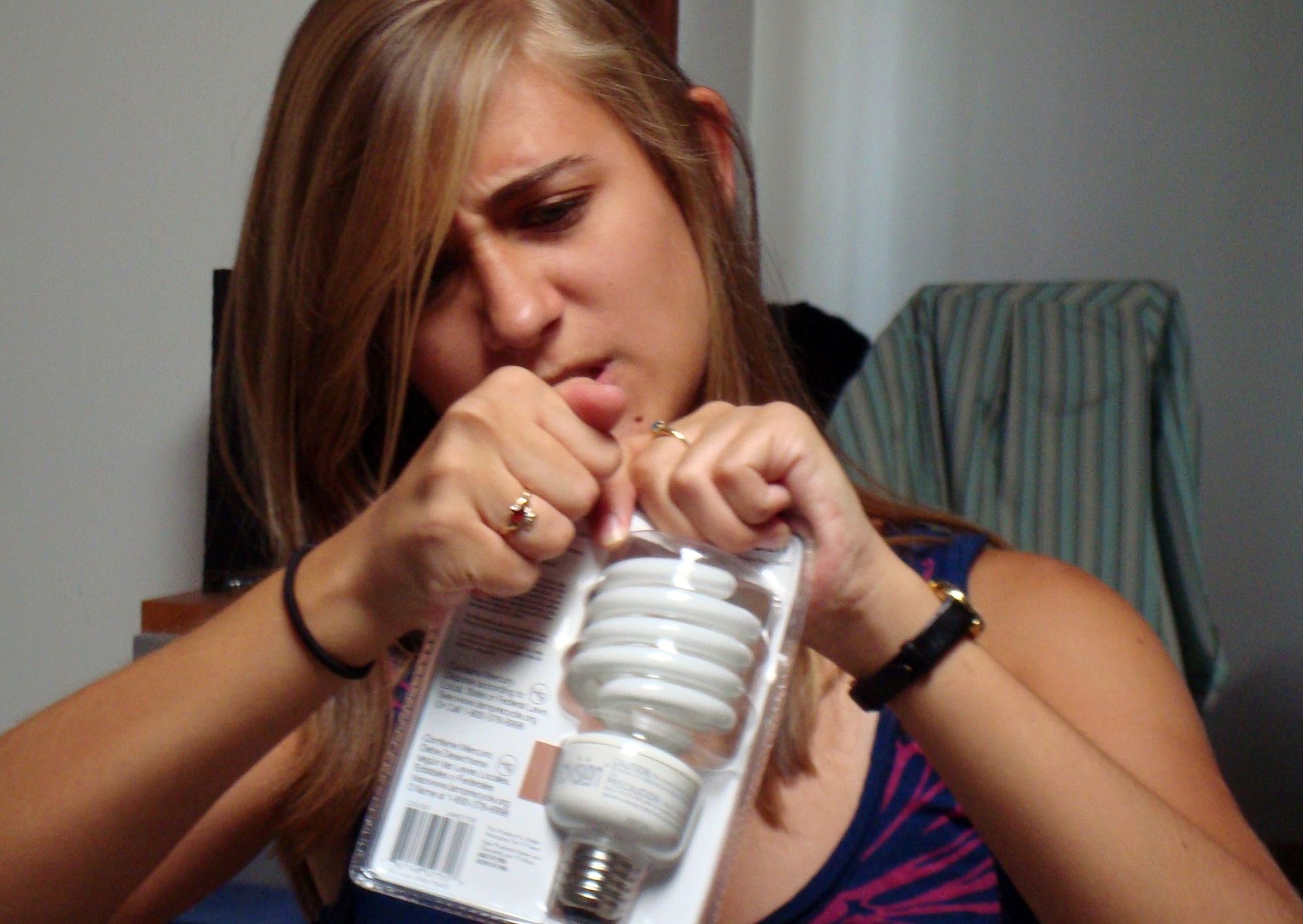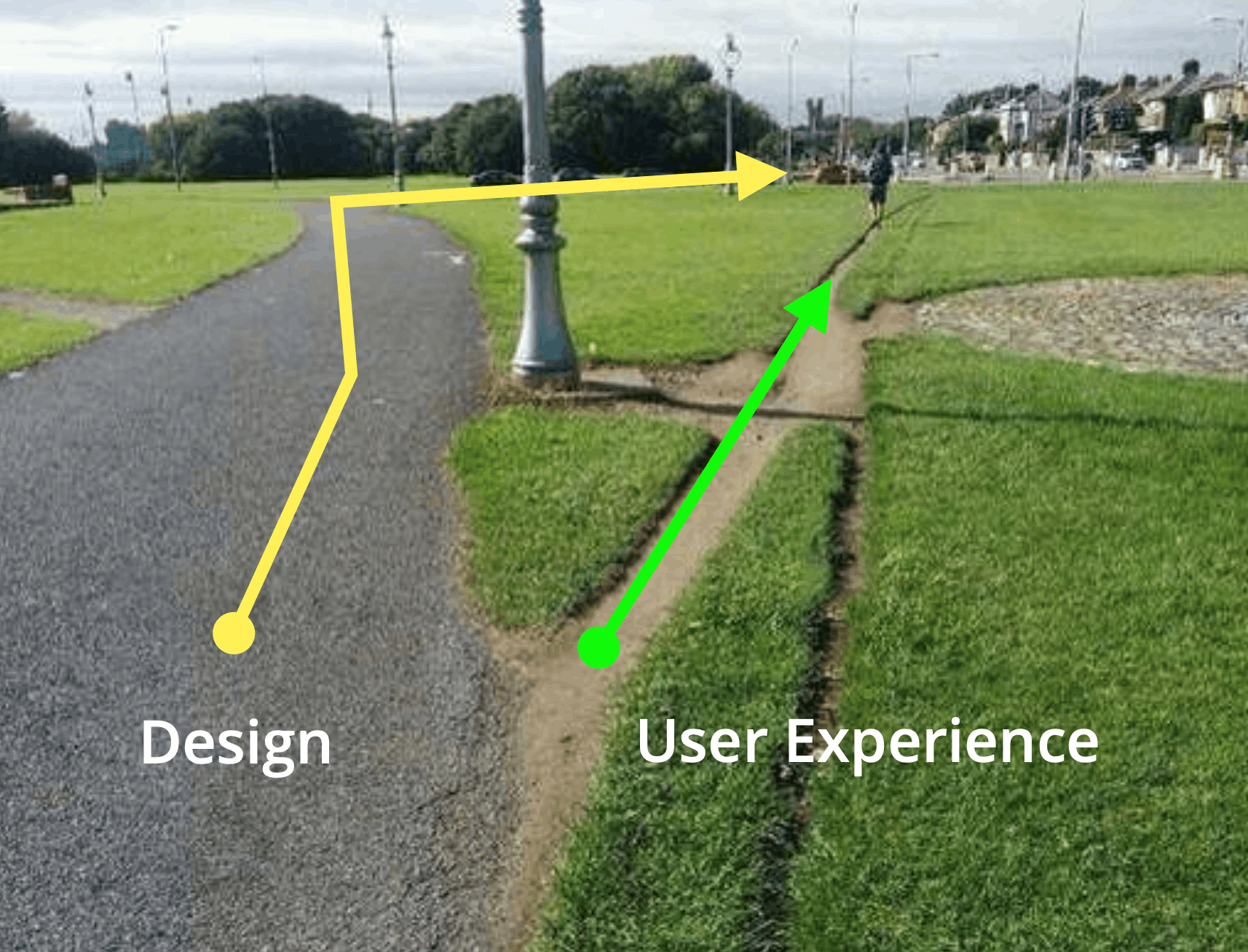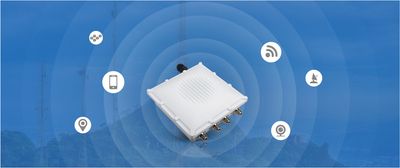User Experience is NOT only about the pixels…
User Experience (and its initialism UX) is a term that seems almost commonplace these days, its reach is clearly expanding. Although still a somewhat modern term, it has generally been reserved for those who are exclusively in the domain of ‘design’. Things have changed, the phrase has broken free of its grip by ‘design’ and has become a new addition in the vocabulary of managers, decision makers, financiers and perhaps most importantly business leaders…and may I add, that is a good thing, a very good thing!!
However, allow me to say something slightly controversial…I’ve found more and more that User Experience (or perhaps more fully User Experience Design) seems to be considered by many as some kind of new ‘magic’ that is sprinkled on ‘apps’ to somehow guarantee they are appealing…here’s the news…’User Experience’ is not new! it’s been around for a long long time and a not some sort of ‘magic' added at the end of some process, it is certainly not exclusive to ‘apps’!…so I’d argue that User Experience is not universally understood and perhaps it’s even a term that is even misused?
In this article I want to share my thoughts and insight on User Experience, to dig deeper in to what it really is, uncover its roots and help others begin to unlock it as a powerful force that can help sustain long-term customer loyalty and trust in your brand and your product...…and here’s a spoiler alert: User Experience should not be limited to the product only and your ‘product’ does not have to be an ‘app’!
It’s software, right?
User Experience (UX) means different things to different people. I want to touch upon what I’ve found to be a common misinterpretation, but offer my own holistic definition of what I believe it truly should be considered as.
One definition of ‘User Experience’ that I’ve found to be repeating itself in many business circles is such that User Experience is exclusively the design of the ‘interaction’ between a user and a digital product such as a Mobile App or Website, some even go as far as considering this to be exclusively the defined ‘path’ a user takes though a multi-step process, but for some it’s just an aesthetic treatment of such an interface!…..this definition is indeed wrong and incredibly narrow-minded!
So what is User Experience? Actually, it is all of this and but most importantly, it is much more!
We’ve just glanced at the digital domain with the mention of ‘apps’, but let’s take a pause from the digital for a moment and take a stand in the physical world. Firstly, I want to hit you with a really broad example of User Experience and as far from ‘apps’ as possible….so in short User Experience is also this……it’s the taste of food, the smell of a perfume, the feel of the fabric of a new garment….it’s the emotion you feel when you engage with something, with anything.
So by those examples User Experience is everything, right? I strongly believe so, and what it certainly is not is exclusively software or apps!
User Experience is everywhere, its happening right now!
So having briefly expanded upon the definition and reach of User Experience, I’m keen to draw attention to the fact that our ‘experience’ of the world around us is something we all enjoy or suffer every minute of every day…and how it’s indeed everywhere and in everything. It’s full of ‘experiences—from the food we eat, to the tools use, to the services we consume to conduct our daily lives—everything we live and do is part of our lives an ‘experience’. It’s the mundane and non-eventful or perhaps a violent shock to the senses.
User Experience is not confined to apps or websites, or even services. It’s not only about ergonomics, or anthropometrics, it’s not only semantics, form or function…it’s all of those and more. It’s every touch point your users form the very moment your user realises they have a need, to the moment they decide to buy your product or service and fast forwards to the end of that journey, whereby the service ends or the products finally retires..that’s is ALL User Experience.
The good, the bad and the ugly
I believe we’d all agree there are good experiences and bad experiences, and we all know a bad experience when we ‘experience' one. We also learn from these and choose carefully in future as to avoid a bad experience again it at all costs. Bad experiences resonate with us negatively, and the good experiences, although not always loud in our conscious minds, are still a powerful force to influence our decisions. Most of all, positive experience influence our emotion towards said experience (and ultimately a product, service, band etc). Subconsciously, we gravitative to positive experiences; it’s our nature, it’s instinct, there is something deep in our cognitive that draws us to the good experiences and away from the bad experiences. So to that avail, User Experience steers our conscious and sub-conscious decisions.
So here’s the my point of contention: User Experience is not something that just randomly happens to our product and services as we create them, User Experience it’s a result of design (or lack of?)…So if Experience must be ‘designed’ then why do we still suffer bad experiences?
I’d argue that bad User Experiences have not been designed, or have been approached with an incredibly narrow view point (eg. It’s just for apps!), or worst of all it has been left to chance.
So here’s my point, User Experience is incredibly broad and must be deeply considered in the fullest of contexts and not left to chance. User Experience is an intrinsic part of ‘Design’ and User Experience is NOT only about the pixels!
What is Design?
To dig deeper we first need to refocus briefly on the term ‘Design’.
Design is a mysterious word, it causes much confusion and debate among many. So what is ‘Design’ and why should we care?
For many, the definition of ‘design’ is somewhat oversimplified—it’s merely a superficial veneer, in essence ’how something looks’. For some it could be 'the colour of their shoes’ or ‘the look of their new sofa’, but for others it’s the engineering and construction of a grand piece of architecture, or it might be the creation of a service or even it’s the building of software.
As an Industrial Designer, my studies taught me a much broader and truer definition - “Every time we shape our world with intent, that is ‘design’ and everything else is nature”.
So by that definition, design is all of those examples and more, design truly encompasses everything we do.
So ‘design’ is everything and everywhere, it is the intentional shaping of our world, and such an intention is surely born out of necessity to solve problems, to improve our lives, to enhance our existence.
So to ‘design’ is to solve problems of all kinds, and shaping the world around us means we are solving problems for ourselves, by definition ‘human’ problems, therefore design should put humans first. Design is ultimately for people, and design should be for people.
Design is for people: The ‘User’ in User Experience
Industrial Design has always centred around ‘design for people’ and has been built upon a systematic approach to problem solving (and actually problem discovery). This approach consists of tools and methods that most notably focus on how that problem is solved in the context of how ’people’ would benefit from the solution and how they would interact with the solution.
User Experience was, and still is, an intrinsic yet unspoken part of the day job of an Industrial Designer (and other closely related design disciplines I may add). Such factors as: ergonomics, anthropometrics, semantics, form and function all blended together formed the result, and each had a say in the essence of the User Experience, though ’User Experience’ never was compartmentalised as a separate ‘thing’, but how a User Experienced the solution it’s it’s fullest context was always a deep part of the focus.
User Experience by modern definitions seems to have separated to become a specialism in its own right, although there are differing views on its definition the most recent trend seems to have it focus on how a human interacts with software or a service.
To many the definition has grown to become an incorrect focus on how the graphical interface of a piece of software ‘looks’ or how a set of discrete interconnected steps ‘flow’ together.
If User Experience is here to remain as standalone specialism, I’m hopeful it can evolve being mindful of its foundations deeply rooted in Industrial Design. Everything is design and if User Experience is part of design, then User Experience also encompasses everything.
Total User Experience
Hopefully I’ve set the tone - User experience is everything, but let me explain what is meant by ‘everything’. Well, It truly equates to everything—it’s all the touch points you user has with your brand, your product, your everything and more. It’s your users' emotion, it’s the decision making process to the purchase, it’s the receiving of the product, it’s the use or consumption of the product. It’s the physical, it’s the emotion it’s the cause and effects.
So all points and scope considered, we should rather look at ‘User Experience’ in a perhaps more complete and far reaching form?…I’d perhaps more appropriately call it the ‘Total User Experience’.
All components of that journey form the ‘user experience’ and all should be considered with great care and not left to chance.
User Experience taps into much of the emotional side of using a product or service—how does it feel, what does is sound like, how doe s it make the user feel, is it enjoyable is it fun.
User Experience in the real world
Let’s reach from some examples to help illustrate the wider reach User Experience.
Staying firmly in the physical domain, a great example of User Experience that is clearly not in the digital domain is packaging! (We all have a story to tell of awful packaging!)
Badly designed packaging is horrible, it can also be dangerous (cuts and injuries!) and such an experience can have a lasting impact on the users mood and emotional connection with your product right from the get-go, but it’s a vital and largely mandated part of the User Experience of a given product (or service)….the worst offender in the packaging world is surely ‘clam-shell’ packaging. It’s just not possible to open by hand, scissors barely cope with cutting through the seams, and a utility knife (if you own one) just takes its own path though the plastic layers while you fight to avoid cutting your finger off!
However what I find most disturbing, some relaters are offering ‘frustration-free packaging’, as to sell the same product in ‘alternative’ packaging that alleviates such problems. My point here is that ALL packaging should be frustration-free, why is it even a thing to choose? Packaging is sometimes the first step of the User Experience for most products and it’s a vital part—it’s front-and-centre of attention, so why do many still do it so badly?!

(Image: Frustration free packaging? Why? All packaging should be frustration free!)
My second example….’food’ - let’s say eating out at a restaurant. The experience is not the eating of the food, paying the bill and heading home…it’s far bigger than that.
The User Experience starts with the sensation of hunger, the desire to eat, then the emotion or feelings conjured to determine what kind of food would draw satisfaction, then there is the process of choosing the restaurant, the journey to the restaurant….there are a plethora of touch-points and variables that are presented to and considered by the ‘User’ long before they even enter the restaurant.
Now a restauranteur perhaps cannot impact or ‘design’ all of those touch points, but indeed there are far reaching aspects of the User Experience that have been considered, but perhaps not cognisant that they are actually part of the User Experience. For example; the restaurant owner has surely chosen their promises based on location, such a location that customers can visit with ease, perhaps a location with good transport links, and or a free car park? It’s part of ‘User Experience’, it’s removing a pain-point for the user, it’s removing friction, it is making life easy and enjoyable…just as the same with having food cooked for you! It’s all part of the experience.
Broaden your ‘User Experience’ horizons
Design everything, User Experience is everywhere. What you create will impose on your user, it will bring joy or frustration. Avoid the latter by designing the entire experience in the widest possible sense. User Experience is not just a users flow through an app, it’s not just the ‘pixels’, it’s the whole journey, it’s the physical and the digital and the emotional. Don’t leave it to chance—design it with a broad open mind and it will help sustain long-term customer loyalty and trust in your product and your brand!

(Image: Don’t leave User Experience to chance, ‘design it’ with a broad open mind!)
Read more: Smart Manufacturing 101: Exploring IoT Applications in Modern Factories




